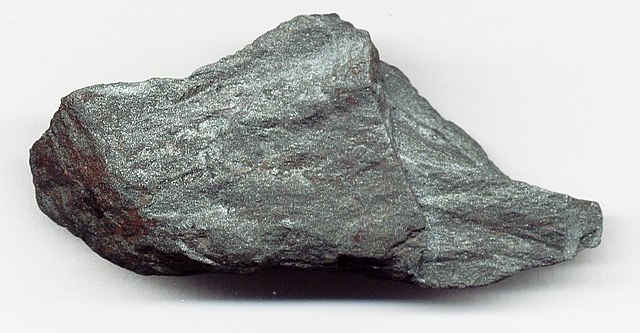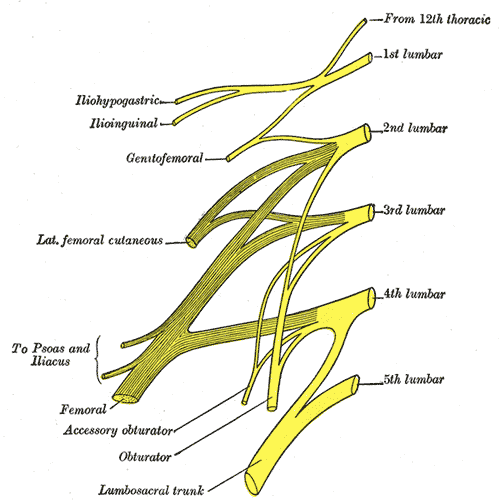We just learned about Heat Treatment.
Let's learn about how the blacksmith gets the metal for the forge.
The metal used most often by blacksmiths is iron, which comes from iron ore.
This is a type of metal that is found inside of other rocks and minerals, like hematite, goethite, limonite and siderite.

(from: wikipedia - iron ore)
Kid Facts - Blast from the past: Tornado Rotation







